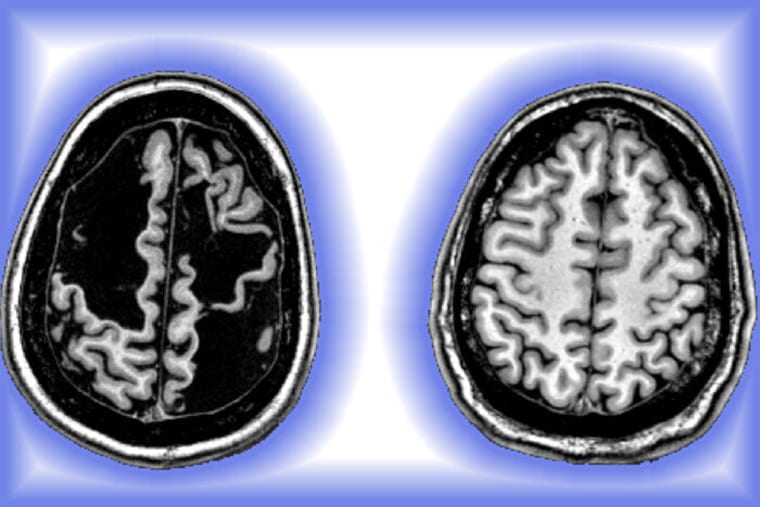For 13 years, Daniel Carr had no idea he was missing part of his brain.
One of the first clues occurred on the baseball field. The coach of his seventh-grade boys’ competitive team in suburban St. Louis noticed Daniel’s unusual, albeit effective, fielding tactic in the outfield. Daniel wore his glove on his right hand. But if the ball headed toward him, he would take off his glove, catch the ball with both hands, throw the ball with his left hand and then put the glove back on his right hand.
“Let me tell you something about your son,” Kellie Carr recalled the coach saying. “Daniel can catch and throw a ball faster than most kids who do it the conventional way. He has the most incredible left hand. I’ve never seen anything like it.”
Shortly after that conversation, Kellie Carr began recalling her son’s other physical quirks. Her sister had noted that Daniel was sometimes clumsy when he tried to use his right hand. Further back, Kellie Carr recalled how, when Daniel was a year old, he walked unevenly, favoring his left side; it ended up being temporary and was soon forgotten. Also, Daniel had always been left-handed. That became evident when he was a baby, while for most children, hand dominance emerges around age 2 or 3.
Looking for answers, Kellie Carr took her son to a pediatrician, an orthopedist and a physical therapist. But no one could make sense of it.
No one, that is, until fall 2012, when the Carrs met “Dr. Nico” at Washington University School of Medicine in St. Louis. He delivered a preliminary diagnosis that made Kellie Carr’s jaw drop and heart race.
“I need to do more tests, but I think what’s going on here is that Daniel had a stroke when he was a baby,” Dr. Nico, formally known as Nico Dosenbach, MD, PhD, recalled telling her.
“A stroke?” Kellie Carr shrieked.
Indeed.
A stroke occurs when blood flow to the brain stops, depriving tissues of essential oxygen and nutrients. Small strokes often go unnoticed in infants, explained Dosenbach, an associate professor of neurology who treats patients at St. Louis Children’s Hospital. However, to confirm a stroke diagnosis, Dosenbach conducted a more extensive physical examination, including neuroimaging.
“It was the largest stroke I’d ever seen in a child who hadn’t died or suffered extreme physical and mental disability,” said Dosenbach, also an associate professor of occupational therapy, of pediatrics, of radiology and of biomedical engineering. “And yet, Daniel, who is now 22, has lived a remarkably normal life. His case spotlights the brain’s remarkable resiliency to rewire itself, particularly early in life. I knew Daniel’s brain justified further investigation.”
The research culminated in a case study published March 17 in The Lancet Neurology.
Daniel’s MRI scans revealed a large stroke had injured both sides of his brain when he was a baby. Further, dark spaces spanned parts of the cerebral cortex, the brain’s outermost layer and a central hub for thought, emotion, memory and higher-order functions. Those dark spots indicated significant loss of brain tissue, but Daniel didn’t seem to have cognitive, memory or emotional problems.
A bird’s eye view of Daniel’s brain showed asymmetric loss in both brain hemispheres of the motor cortex, which affects skills such as movement and balance.
The right side of a person’s brain controls movement on a person’s left side and vice versa. Most strokes target one side. But because a bilateral stroke damages both sides, the effects can be more serious.
“The extent of Daniel’s injuries may be on the edge of what’s compatible with life,” Dosenbach said.
With a confirmed stroke diagnosis, Dosenbach recruited Daniel, then 13 and with his mother’s consent, for research that would involve a battery of motor and neurobehavioral tests, and additional neuroimaging.
